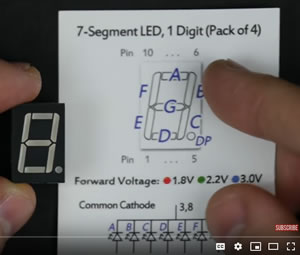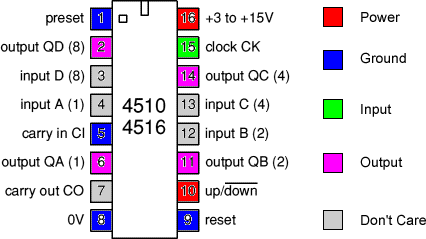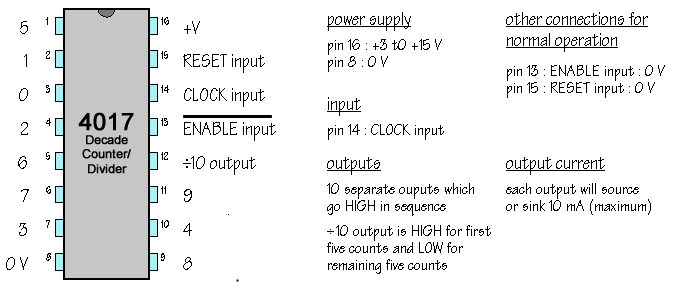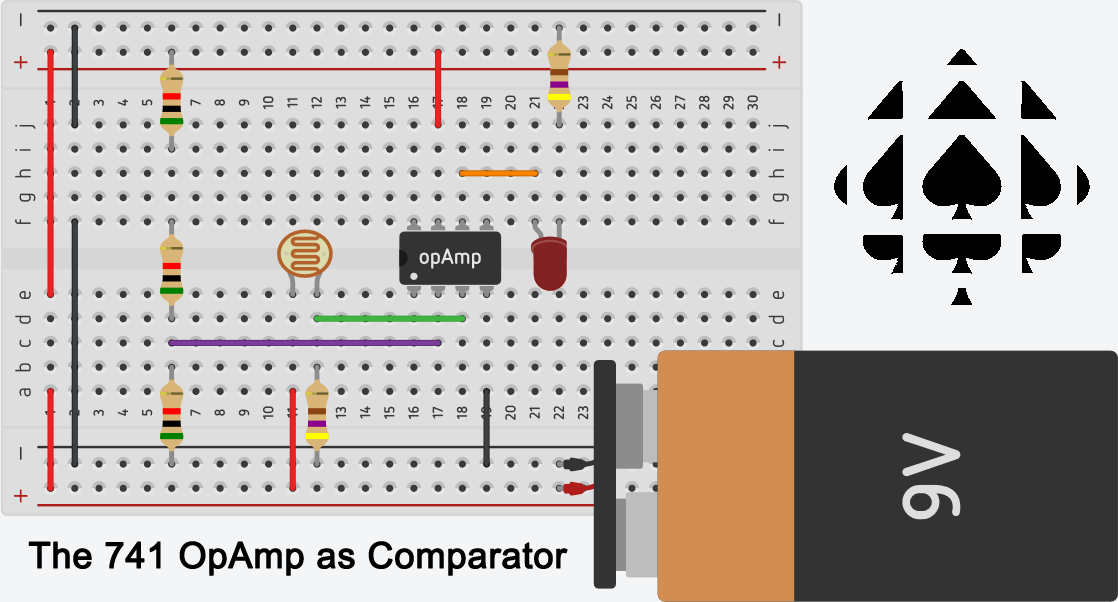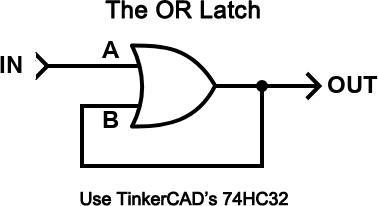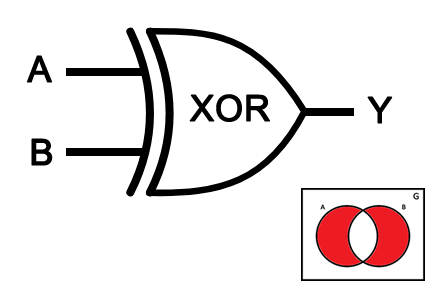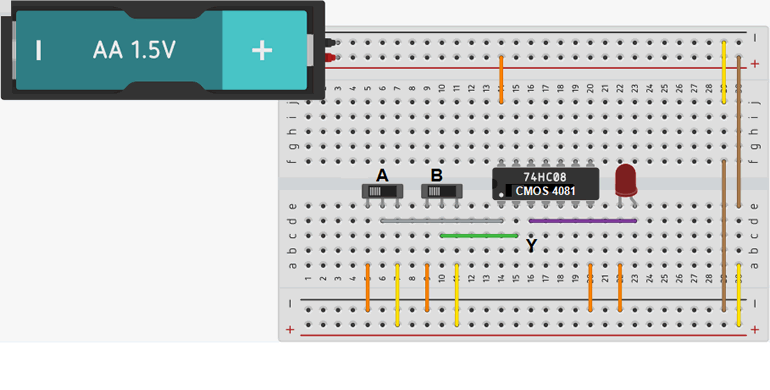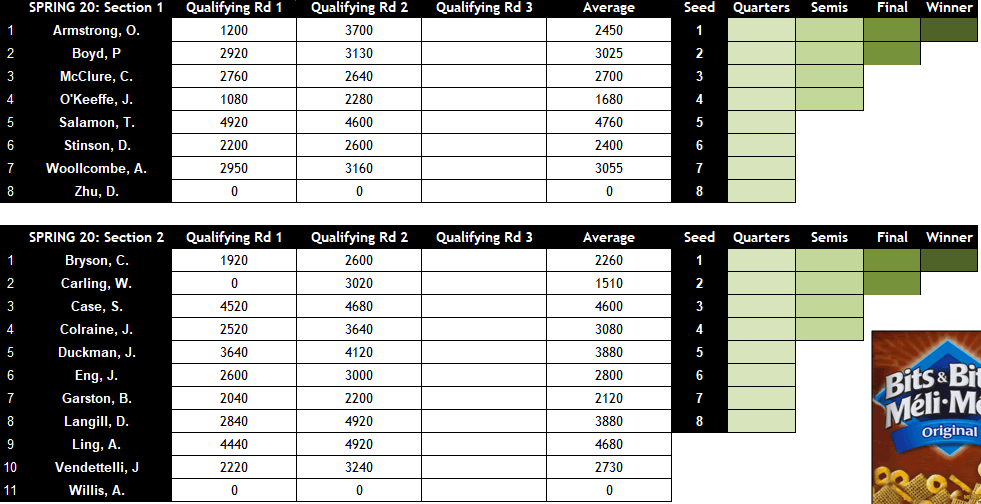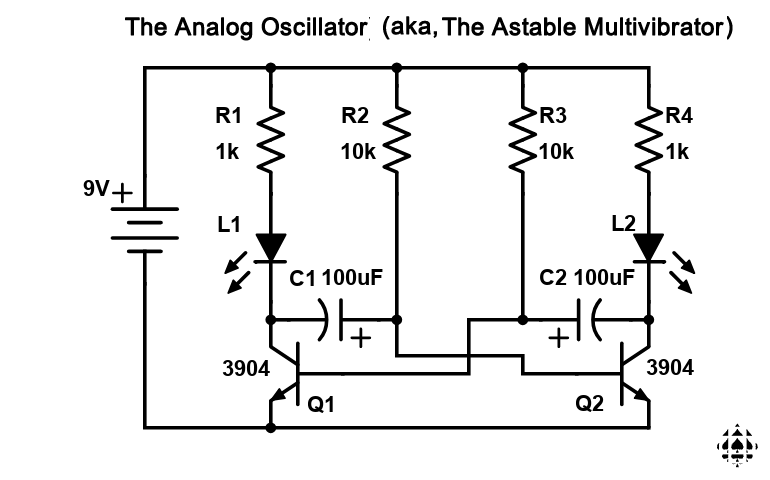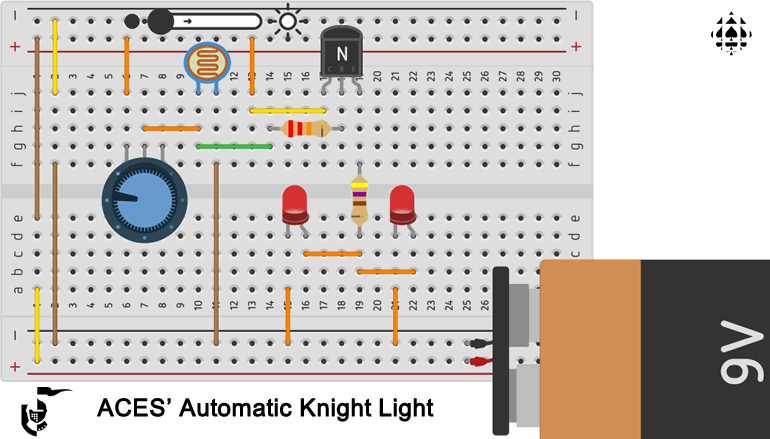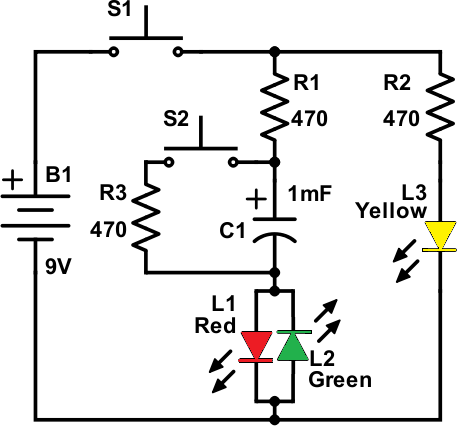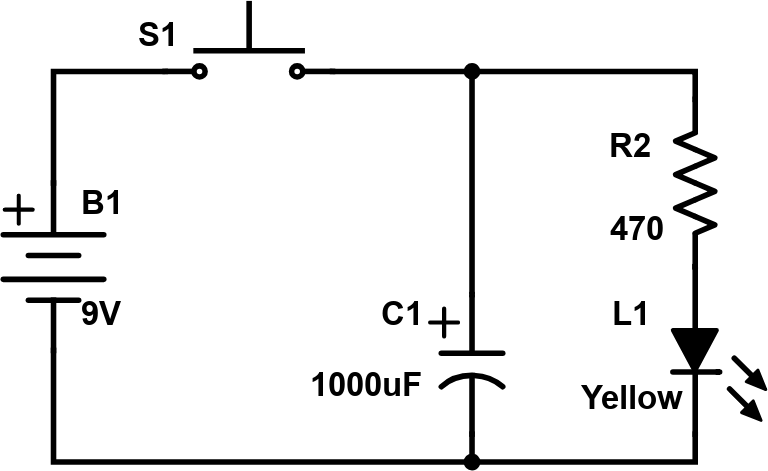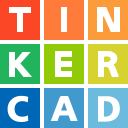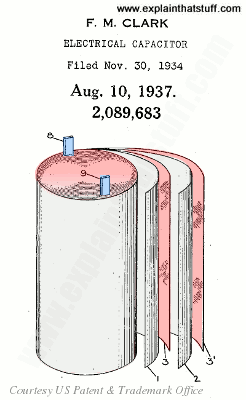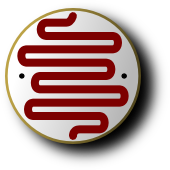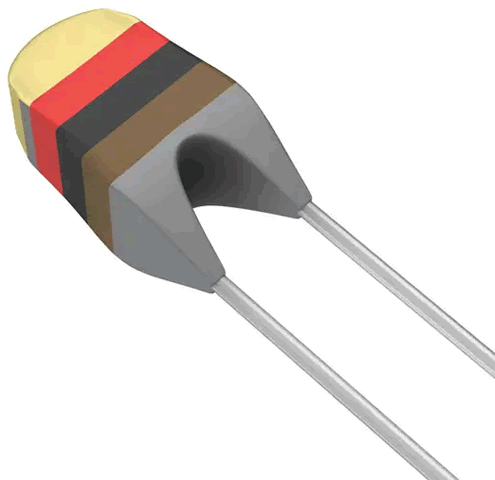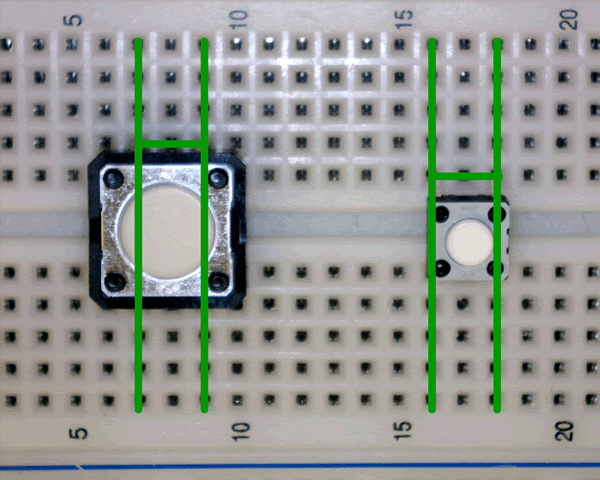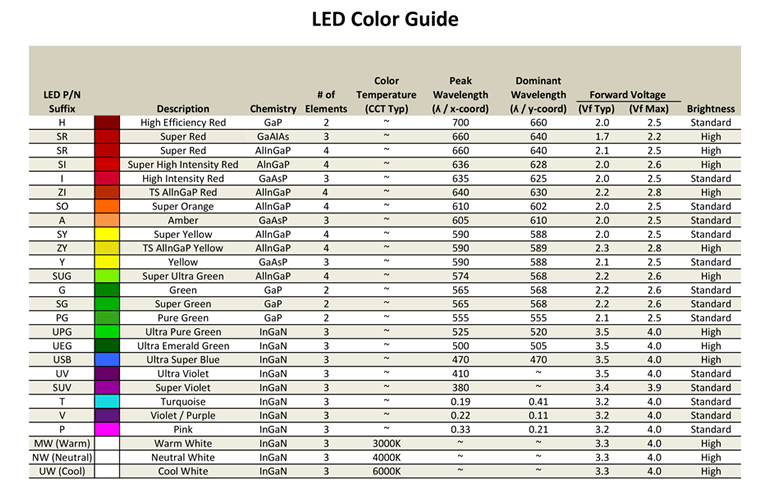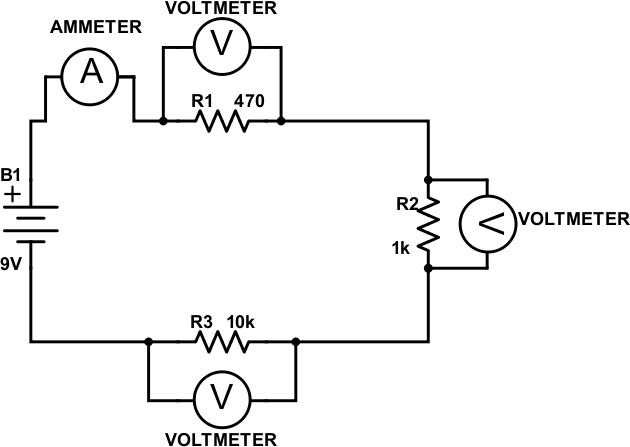7. A COUNTING CIRCUIT
40
Jun 5
Jun 5
39
Jun 3
Jun 3
H. Encasement
***
G. PCB Soldering
Final Preparation for Submission
E. Binary Coded Decimal (BCD) Decoder
The 4511 BCD to 7-Segment Decoder
F. Seven-Segment Display
D. Decimal Counting
Binary Up/Down Counter (4510)
The 4516 Up/Down (0-15) Counter
C. Decade Counter (4017)
NGO Square Wave Output as Clock Input
to our FIRST Specialized IC:
The 4017 Decade Counter
A Counting Circuit
B. NAND Gate Oscillator (4011) Part 2
Animations: TP3, RC Drain
Explore changes to RC2 components
B. NAND Gate Oscillator (4011) Part 2
Animations: TP3, RC Drain
Explore changes to RC2 components
6. DIGITAL LOGIC CIRCUITS
30
May 7
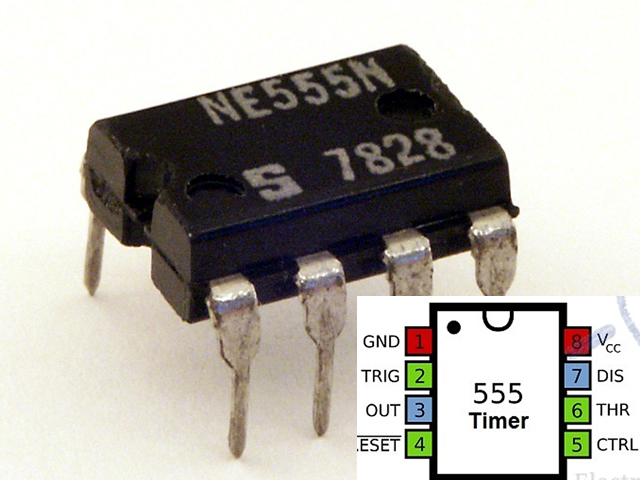

Putting it all together !!
ACES' Frame Player...
The 555 Timer IC
Tinker this: RSGC ACES. 555 Timer.
Fun 555 Circuits, 555 Calculator
The best of the the Web...
 Ben Eater's Astable 555 Timer
Ben Eater's Astable 555 Timer
ACES' Frame Player...
The 555 Timer IC
Tinker this: RSGC ACES. 555 Timer.
Fun 555 Circuits, 555 Calculator
The best of the the Web...
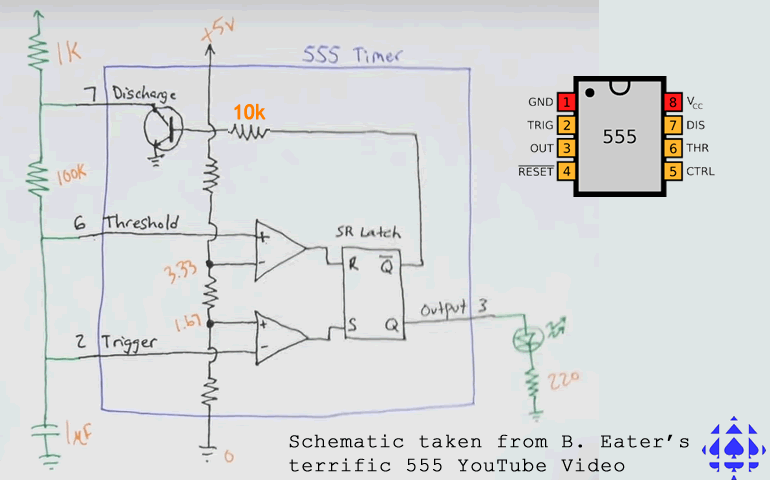
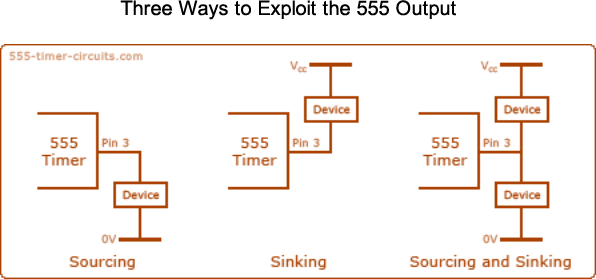
29
May 5

LM741 Tutorial
The Op Amp

Circuit Symbol
1.3
5. DIGITAL FUNDAMENTALS: OPERANDS (BINARY NUMBERS) and OPERATORS (LOGIC GATES)
28
May 1
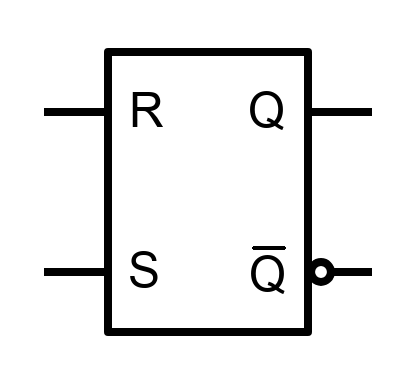
The Latch (aka flip-flop):
Feedback with Logic Gates
Must Watch (first 3:43 only):
 The SR (OR) Latch
The SR (OR) Latch
The SR (NOR) Latch:
Watch the Full Video above
TinkerCAD Circuits (74hc32)
Feedback with Logic Gates
Must Watch (first 3:43 only):
The SR (NOR) Latch:
Watch the Full Video above
TinkerCAD Circuits (74hc32)
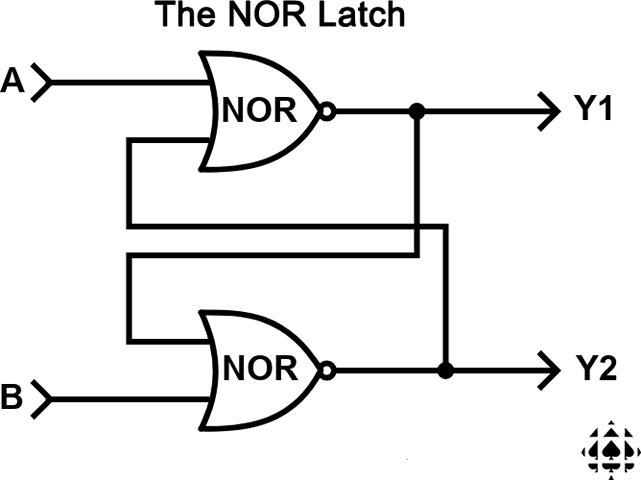 ...TinkerCAD Circuits
...TinkerCAD CircuitsSee Falstad SR Latch
Binary Challenge Tournament
Unary Operators
Mathematics · Logic
Multi-level Logic
Mathematics · Logic
Multi-level Logic




Decapping ICs:

George Boole


John Venn
Qualifying Round 2
Binary Challenge Tournament
Operators 1: Transistor-Transistor Logic
(Page 44) Recall your recent experience with...
2N3904 NPN Transistor: Key Details
Binary Challenge Tournament
Operators 1: Transistor-Transistor Logic
(Page 44) Recall your recent experience with...
2N3904 NPN Transistor: Key Details
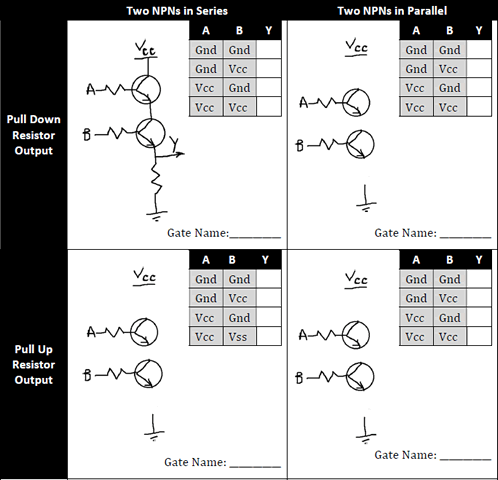

Qualifying Round 1
Binary Challenge Tournament
Question: What do we need for...
COMPUTER LOGIC and ARITHMETIC?
Answer? Two things...
OPERANDS: The Binary Number System (p. 47)
OPERATORS: Logic Gates (p. 44)
 NumberSystems.xlsx
NumberSystems.xlsx
Binary Challenge Tournament
Question: What do we need for...
COMPUTER LOGIC and ARITHMETIC?
Answer? Two things...
OPERANDS: The Binary Number System (p. 47)
OPERATORS: Logic Gates (p. 44)
ASCII Table, Unicode
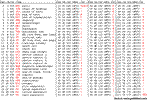

Review of the Feedback email for
The Astable Multivibrator
Transitioning from..
Analog(ue) to Digital
(from the continuous to the discrete)
The Astable Multivibrator
Transitioning from..
Analog(ue) to Digital
(from the continuous to the discrete)
4. TRANSISTORS
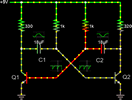
OA, PB, CM, JO,
TS, DS, AW, DZ
CB, WC, SC, JC, JD, JE,
BG, DL*, AL, JV, AW
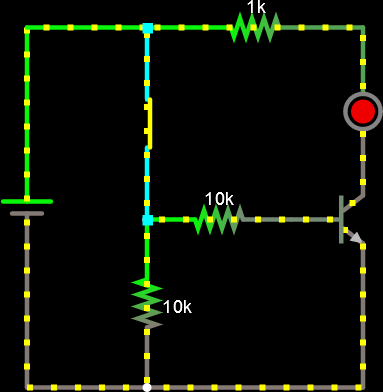

3. CAPACITORS
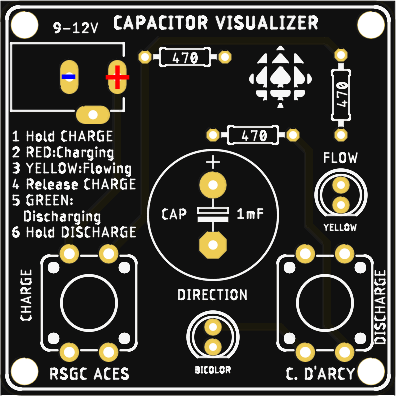
Project 1.2. The Capacitor Visualizer
Soldering and Assembly Stage
 N. Vassos'
N. Vassos'
The Capacitor Visualizer
Soldering Tutorial
Soldering and Assembly Stage
The Capacitor Visualizer
Soldering Tutorial
Replacement
Bicolor LEDs
ACES' Frame Player: Capacitors
Prototype the circuit to the left...
...and then the rollover modification
Capacitors as Timers: `tau = R times C`
Prototype the circuit to the left...
...and then the rollover modification
Capacitors as Timers: `tau = R times C`



The Charge/Discharge Circuit
Unit of Measure: Farads, Ranges
Capacitor Codes
Measuring Capacitance with the DMM
Review Capacitor Circuits on page 32
Primer on
Capacitors

2. DESIGN, DIVIDERS, DEVICES and DATASHEETS
15
Mar 4
Mar 4
14
Mar 2
Mar 2
13
Feb 27
Feb 27
Technical Writing: Don'ts and Dos
Use of the
Active Voice
Active Voice
Headers, Footers
12
Feb 25
Feb 25
1. SIGNALS, SUPPLY, SYMBOLS, and SCHEMATICS
11
Feb 21
Feb 21
Falstad: Voltage Division
Photocells (Light-Dependent Resistors (LDRs))
Heat-Dependent Resistors (Thermistors)
Force/Flex-Sensitive Resistors (FSRs)
ACES' Frame Player: Variable Resistors
Photocells (Light-Dependent Resistors (LDRs))
Heat-Dependent Resistors (Thermistors)
Force/Flex-Sensitive Resistors (FSRs)
ACES' Frame Player: Variable Resistors

10
Feb 19
Feb 19
Variable Resistors and Voltage Division
Mechanical Potentiometers
ACES' Frame Player: Potentiometers
Mechanical Potentiometers
ACES' Frame Player: Potentiometers

9
Feb 13
Feb 13
Buttons and Switches
8
Feb 11
Feb 11
PBNO

PBNC


PBNC

Review of...
 LED Circuit Analysis
LED Circuit Analysis
 'Mechanical' Input Devices
'Mechanical' Input Devices
make or break...
Buttons (PBNO, PBNC)
ACES' Frame Player: Buttons
make or break...
Buttons (PBNO, PBNC)
ACES' Frame Player: Buttons
Venn Diagrams

7
Feb 3
Feb 3

6
Jan 30
Jan 30

5
Jan 28
Jan 28
Circuit Symbols
DMM Confirmation of KVL
(Waterfall Model of Voltage Drop)

4
Jan 24
Jan 24
`R_E=R_1+R_2`
`1/R_E=1/R_1+1/R_2`
`1/R_E=1/R_1+1/R_2`
Controlling Current...
 Resistance
Resistance
Fixed (Current-Limiting) Resistors
Again...
 Series vs Parallel
Series vs Parallel
Concept: Equivalent Resistance (`R_E`)
 The Breadboard
The Breadboard
Fixed (Current-Limiting) Resistors
Again...
Concept: Equivalent Resistance (`R_E`)


3
Jan 22
Jan 22

2
Jan 20
Jan 20
Let's pick it up from Grade 9 Science...
 Voltage
Voltage
Ohm's Law (in terms of Voltage):
`V=IxxR`
 Current
Current
Ohm's Law (in terms of Current):
`I=V/R`
 Direction of Current
Direction of Current
DC vs AC (Direct vs Alternating)
Ohm's Law (in terms of Voltage):
`V=IxxR`
Ohm's Law (in terms of Current):
`I=V/R`
DC vs AC (Direct vs Alternating)
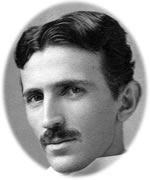
Master of Lightning
1
Jan 16
Jan 16
REPUTATION and RESPECT
RSGC ACES CULTURE: Taking a
Short, Medium, and Long Term View
of your Futures
ACES Hall of Fame:
E. McAulliffe ('18), Mariano Elia ('15), Jack Gettings ('10)
RSGC ACES CULTURE: Taking a
Short, Medium, and Long Term View
of your Futures
ACES Hall of Fame:
E. McAulliffe ('18), Mariano Elia ('15), Jack Gettings ('10)
[ACES Culture]


